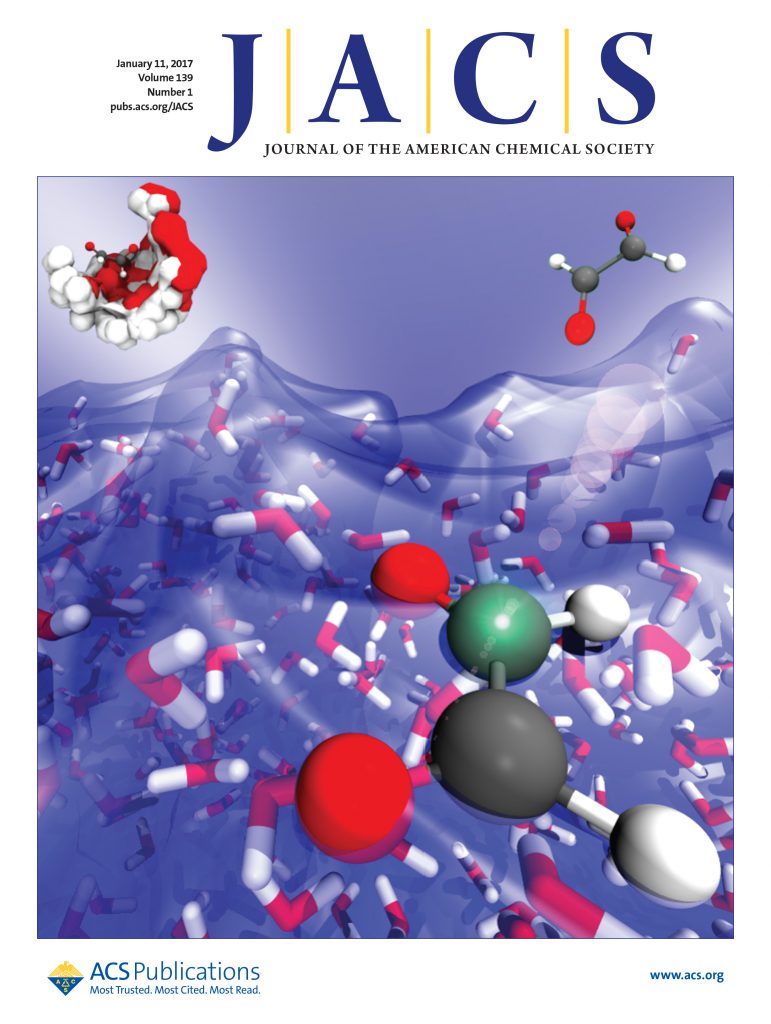Developing Dynamic Ion Transport Channels in Polymer Solid Electrolytes for High-Performance Lithium Metal Batteries.
IF 14.4
1区 化学
Q1 CHEMISTRY, MULTIDISCIPLINARY
引用次数: 0
Abstract
Solid polymer electrolytes (SPEs) are promising for next-generation solid-state lithium metal batteries owing to their electrochemical stability and high safety. However, limited ionic conductivity and poor interfacial stability have hindered their practical applications. To address these challenges, we propose a novel approach by incorporating trace amounts of sulfone (SL) into polyacrylic-based SPEs, purposely creating "dynamic ion transport channels." Molecular dynamics simulations and experimental validation demonstrate that the optimal incorporation of SL (in situ-SL2) precisely tunes the solvation structure, establishing dense, multipoint coordination networks via gradient ion-dipole interactions. The inherent flexibility of SL facilitates rapid conformational changes and dynamic bridging with Li+ ions, reducing energy barriers for Li+ elastic hopping and thus enhancing ionic conductivity and lithium-ion transference numbers. Detailed interfacial analysis reveals that in situ SL2 SPE promotes the formation of a stable, inorganic-rich solid electrolyte interphase (SEI), effectively suppressing the metal dendrite growth. The LFP|In situ-SL2|Li cell exhibits over 91.7% capacity retention after 2000 cycles at 3 C, highlighting a superior performance and long-term stability. This work provides valuable insights into designing high-performance SPEs for long-lifetime and safe lithium metal batteries.高性能锂金属电池用聚合物固体电解质动态离子传输通道的研究。
固体聚合物电解质(spe)由于其电化学稳定性和高安全性,在下一代固态锂金属电池中具有广阔的应用前景。然而,有限的离子电导率和较差的界面稳定性阻碍了它们的实际应用。为了应对这些挑战,我们提出了一种新颖的方法,将微量的砜(SL)掺入基于丙烯酸的spe中,有意创建“动态离子传输通道”。分子动力学模拟和实验验证表明,sl2的最佳掺入精确调整了溶剂化结构,通过梯度离子偶极子相互作用建立了密集的多点配位网络。SL固有的柔韧性有利于快速的构象变化和与Li+离子的动态桥接,降低Li+弹性跳变的能量屏障,从而提高离子电导率和锂离子转移数。详细的界面分析表明,原位SL2固相萃取促进了稳定、富无机的固体电解质界面相(SEI)的形成,有效抑制了金属枝晶的生长。LFP|In - situ-SL2|锂电池在3℃下循环2000次后容量保持率超过91.7%,表现出优越的性能和长期稳定性。这项工作为设计长寿命和安全的锂金属电池的高性能spe提供了有价值的见解。
本文章由计算机程序翻译,如有差异,请以英文原文为准。
求助全文
约1分钟内获得全文
求助全文
来源期刊
CiteScore
24.40
自引率
6.00%
发文量
2398
审稿时长
1.6 months
期刊介绍:
The flagship journal of the American Chemical Society, known as the Journal of the American Chemical Society (JACS), has been a prestigious publication since its establishment in 1879. It holds a preeminent position in the field of chemistry and related interdisciplinary sciences. JACS is committed to disseminating cutting-edge research papers, covering a wide range of topics, and encompasses approximately 19,000 pages of Articles, Communications, and Perspectives annually. With a weekly publication frequency, JACS plays a vital role in advancing the field of chemistry by providing essential research.

 求助内容:
求助内容: 应助结果提醒方式:
应助结果提醒方式:


